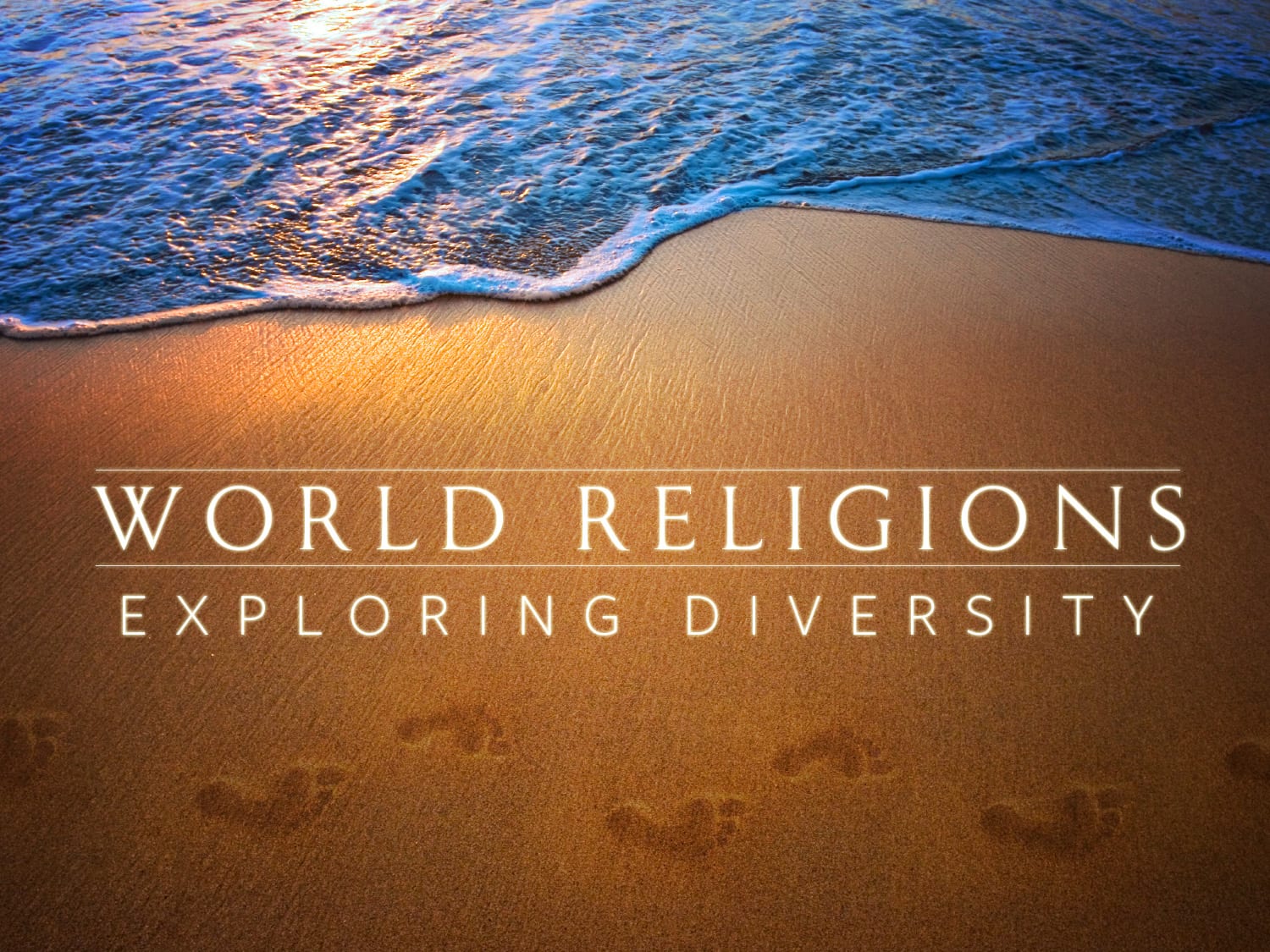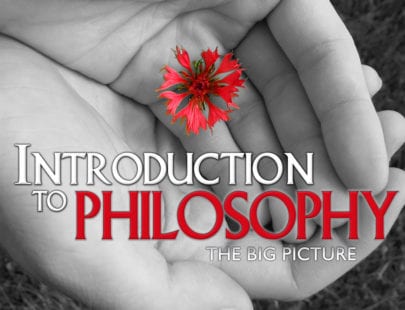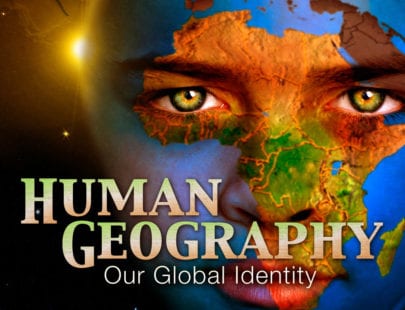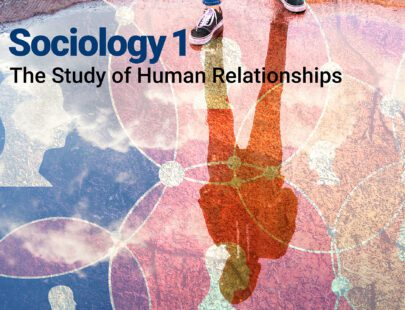
World Religions: Exploring Diversity
Throughout the ages, religions worldwide have shaped the political, social, and cultural aspects of societies. Explore the major religions that have played a role in human history, including Buddhism, Christianity, Confucianism, Hinduism, Islam, Judaism, Shintoism, and Taoism. Trace the major developments in these religions and examine their relationships with social institutions and culture, as well as the similarities and differences and connections and influences they have.
Units at a Glance
Unit 1: The Study of World Religions
What is religion? What purposes does religion serve? Throughout history, religion has played an important role in shaping the ways that humans understand the world around them and in the organization of different societies. Together, we’ll examine what religion is and its role in the world. We will also consider different definitions, some common aspects that can be seen in various religions and some of the explanations offered to explain the development of religion.
What will you learn in this unit?
- Analyze different definitions of the word “religion”
- Consider how different groups of people approach religion
- Identify elements that religions have in common
- Discuss some of the functions of religion for society
- Learn about some of the ways to categorize religions
Unit 2: Hinduism
Hinduism is one of the most popular religions in the world, and yet it is one of the hardest to describe because it is also an ancient religion and therefore has had a long time to undergo changes and adapt to societies and contexts. There are several denominations of Hinduism, several sacred texts, and several paths adherents can take to reach the ultimate freedom that they seek. To step into an understanding of Hinduism, you have to travel back over 3,000 years, all the way to the Indus Valley Civilization.
What will you learn in this unit?
- Understand Hinduism’s ancient origins.
- Discuss several denominations of Hinduism.
- Identify the four objectives of Hinduism and the four paths to God.
- Name important Hindu texts and rituals.
- Recognize the influence of Hinduism on South Asian culture.
Unit 3: Buddhism
The fourth most commonly observed of the world’s religions is in many ways an oddity. Many Westerners define Buddhists as “Buddha worshippers.” However, the Buddha taught that he was merely a human being. He asked not to be worshipped, but merely revered as a sage and a teacher. Classical Buddhism lacks a concept of god, of ritual, and of a metaphysical realm, which makes people question whether it is a religion or a philosophy. What Buddhism does have is a set of behavior guidelines for its adherents that can offer a lot of peace after the rush of demands. Perhaps it is not surprising after all that this religion is as popular as it is.
What will you learn in this unit?
- Discuss the historical and religious figure of the Great Buddha.
- Understand the Buddha’s basic teachings.
- Describe some of the basic developments that have occurred in Buddhism since the time of the Buddha.
- Identify the two primary divisions of Buddhism.
- Recognize the influence of Buddhism on different world cultures.
Unit 4: Judaism
Despite its humble origins as the belief system of a small, nomadic tribe, Judaism is arguably the most influential religion in world history. While less than one percent of the earth’s population is Jewish, roughly half of the people in the world practice a religion that is based upon the Jewish monotheism founded by Abraham and Moses. Discover the origins of Judaism, the mark the Jewish people have made on world history, and Jewish life in the twenty-first century.
What will you learn in this unit?
- Identify the origins of Judaism.
- Briefly summarize the 3,500 year history of the Jewish people.
- Identify the sacred texts of Judaism.
- Distinguish among the major divisions of modern Judaism.
- Understand the beliefs and practices of modern-day Jews.
Unit 5: Christianity
In terms of the sheer number of adherents, Christianity is the largest of the world’s religions. Between one-quarter and one-third of the world’s people profess to be Christian. If you live in North America, you are undoubtedly familiar with many Christian beliefs and customs, whether or not you are a practicing Christian yourself. Discover the origins of Christianity and how the Christian faith spread throughout the globe, dividing and changing according to the different contexts it met.
What will you learn in this unit?
- Discuss Jesus of Nazareth and other key figures in the origin of Christianity.
- Understand the basic teachings of Jesus.
- Map the spread of the Christian faith throughout Europe and the world.
- Distinguish between Roman Catholicism, Eastern Orthodoxy, and Protestantism.
- Identify Christian influences in world art and culture.
Unit 6: Islam
Despite its historical (and in many ways theological) connection to Christianity and Judaism, Islam is too often linked with associations of war, terrorism, and female oppression. A more thorough understanding of the world’s second most widely followed religion may help give better context and background to what is portrayed more frequently by the media.
What will you learn in this unit?
- Identify the origins of Islam.
- Discuss the life of the prophet Muhammad.
- List the Five Pillars of Islam.
- Distinguish among the major divisions of modern-day Islam.
- Understand the role of Islam in current affairs.
Unit 7: Confucianism
The ancient philosopher Kung Fu-tzu (better known as Confucius) had the greatest influence on Chinese culture of any one individual. The culture, rituals, social structure, and government of the world’s largest civilization are largely based on his teachings and writings. Discover the imprint Confucianism has had on history.
What will you learn in this unit?
- Outline the basics principles of Confucian thought.
- Recognize the influence of Confucian thought in Chinese culture.
- Learn about the sacred texts of Confucianism.
- Discuss the influence of Confucius and Mencius.
- Consider some of the rites and rituals of Confucianism.
Unit 8: Shintoism
Shinto, the indigenous belief system of Japan, descends from a collection of beliefs and practices that date back to prehistoric times. Over the years, a number of global religious movements, most notably Buddhism, have made their way to Japan. To a large extent, Shinto has endured alongside these additional religions. Learn more about the practice of Shinto and how Shinto has shaped the culture of Japan.
What will you learn in this unit?
- Outline the basic principles of Shintoism.
- Learn about some of the different types of Shinto.
- Examine the common elements of Shinto shrines.
- Discuss some of the practices and rituals of Shinto.
- Consider some of the Shinto festivals and their role in the religion.
Unit 9: Taoism
In an earlier unit, we learned how Chinese culture has been shaped through the centuries by the structure, regulations, and respect for authority that comes from Confucian thought. Taoism, with its reverence of nature, acceptance, and complacency (while discouraging power and ambition), is in many ways a stark contrast to Confucianism, however, it has also had a significant influence on China’s culture and traditions.
What will you learn in this unit?
- Examine the ancient origins of Taoism.
- Identify the historic/religious figure of Lao Tzu.
- Understand the basic principles of Taoist thought.
- Learn about the different types of Taoism.
- Have a basic understanding of the rituals and customs common to Taoist practice.
Unit 10: Religion in the 21st Century
The modern world is a rapidly changing place, and this can be particularly disconcerting in the field of religion. Technological advances make our lives more convenient, but they also make many of our customs and practices obsolete. Modern science has challenged many long-held religious convictions. Rapid transportation and communication has made the world smaller—and made interactions with individuals whose beliefs are markedly different from our own almost inevitable. What do these changes mean to the practice of religion in the twenty-first century?
What will you learn in this unit?
- Define challenges that the modern world presents to religion.
- Identify the role of religion in global politics and social policies.
- Recognize reasons why religious tolerance is more important than ever.
- Learn about the Interfaith Movement.
- Theorize about the future of religious practice.
Required Materials
Software
- Word processing software


